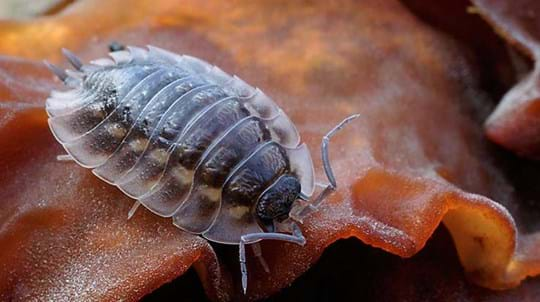
Blog
What is a minibeast? And other bug facts
Danielle Wesley • 13 May 2019

Content manager
A minibeast hunt is a brilliant way for children to get up close to nature. It gets them active in the fresh air, encourages them to use their observation skills, and it gives them a chance to get hands-on with wildlife. All in all it’s a great activity for your whole family to do together. So we’ve put together some advice for going on a bug hunt, along with a checklist of creatures you might discover.
Many minibeasts, like butterflies, bees and beetles, are more active in spring and summer. But you’ll find things all year round if you look carefully. And unlike some animals which can be difficult to spot in the wild, you can find creepy crawlies anywhere. So get out into your garden or your local wood and see what you can find!
Our printable minibeast spotter sheet features common creepy crawlies like ladybirds, millipedes and worms. Download it for free and see how many you can tick off.
Minibeasts live in all sorts of habitats. Many prefer dark, damp spots in gardens and woods, so this is a good place to start your hunt. Encourage children to use their best detective skills to track creatures down.
Lots of minibeasts live in trees and shrubs. Lay a piece of white cloth, such as an old sheet or pillow case, under a tree or bush and gently shake the branches. You’ll be surprised how many tiny creatures fall out! Don't forget to return them to their home when you've finished investigating.
You don’t need any special equipment to go on a bug hunt, but the items below might help if your children want to get a closer look at the creepy crawlies they find.
Is your family mad about bugs? Then you’ll love our pocket-sized minibeast ID book! It features 28 creepy crawlies and flying insects, including butterflies, moths, beetles and shield bugs. The handy swatch design is packed with colour photos to help with identification and has heaps of fascinating facts children will love.
Discovered an interesting creature? Help your kids gently scoop it up, place it in a container and study it with a magnifying glass. Examine the tiny details that are suddenly revealed, like antennae, body structure and intricate patterns. Do they notice things they've never seen before?
Your children can use the minibeast checklist or an ID book to identify their discoveries. Why not encourage them to start a nature journal, too? They can record their fascinating finds, draw pictures and add facts to keep track of their wildlife encounters.
Remember – minibeasts are small and delicate, so be careful when you pick them up and always put them back where you found them.

Blog
Danielle Wesley • 13 May 2019
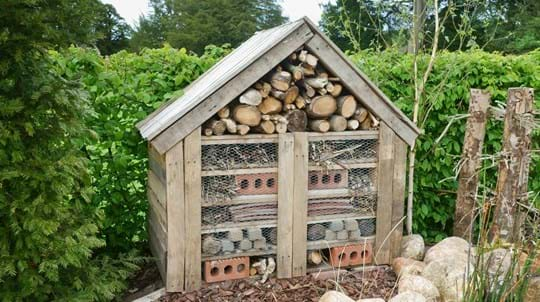
Blog
Danielle Wesley • 05 Sep 2019
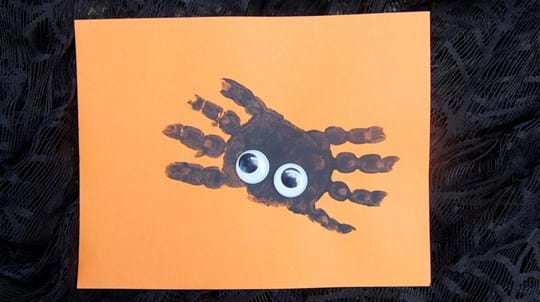
Blog
Danielle Wesley • 10 Jun 2019
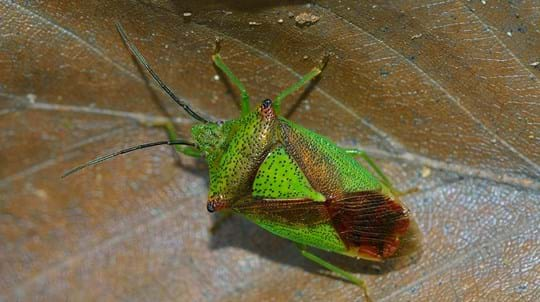
Trees woods and wildlife
Find out more about bugs - the common woodland residents with their piercing and sucking mouth parts.
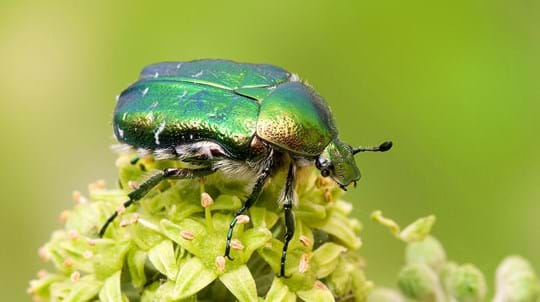
Trees woods and wildlife
Get the lowdown on woodland beetles that rely on trees and the woodland ecosystem, from decaying wood to dead animals.
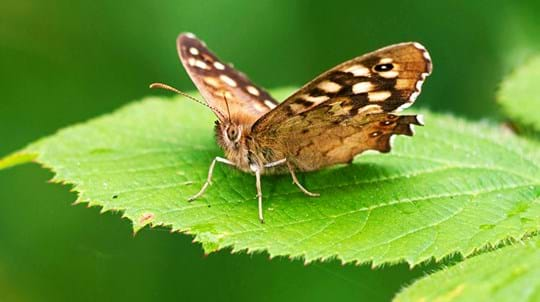
Trees woods and wildlife
Find out more about butterflies and how we're protecting and increasing their woodland habitat.
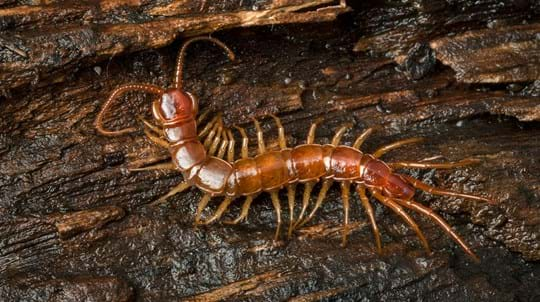
Trees woods and wildlife
Centipedes and millipedes are many-legged recycling machines, find out about the types you'll find in the UK's woods.
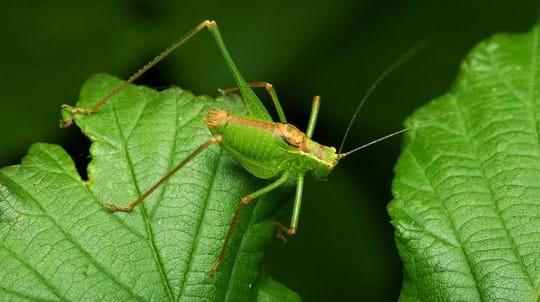
Trees woods and wildlife
Find out about the millions of woodland insects and invertebrates that live among the leaves, under bark, in dead wood, leaf litter and soil.
Love getting outdoors with your kids? You can get heaps more inspiration with Woodland Trust family membership.
When you join, you'll receive activity packs every season, stuffed to the brim with outdoor adventures, wildlife spotting, arts and crafts, recipes and puzzles.
It's ideal for families who love wildlife. Plus, as members, you'll help us plant trees and protect woods, creating a healthier planet for future generations.

Get wildlife activities for kids when you join the Woodland Trust and help us protect nature for future generations.
Find out about family membership